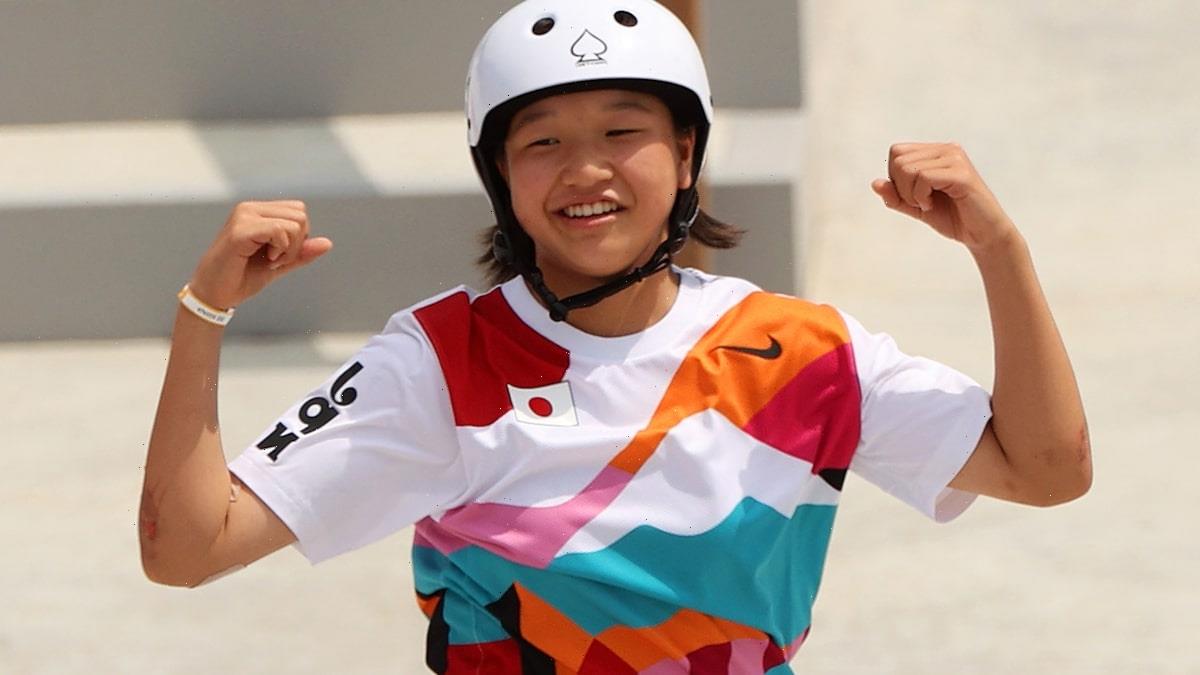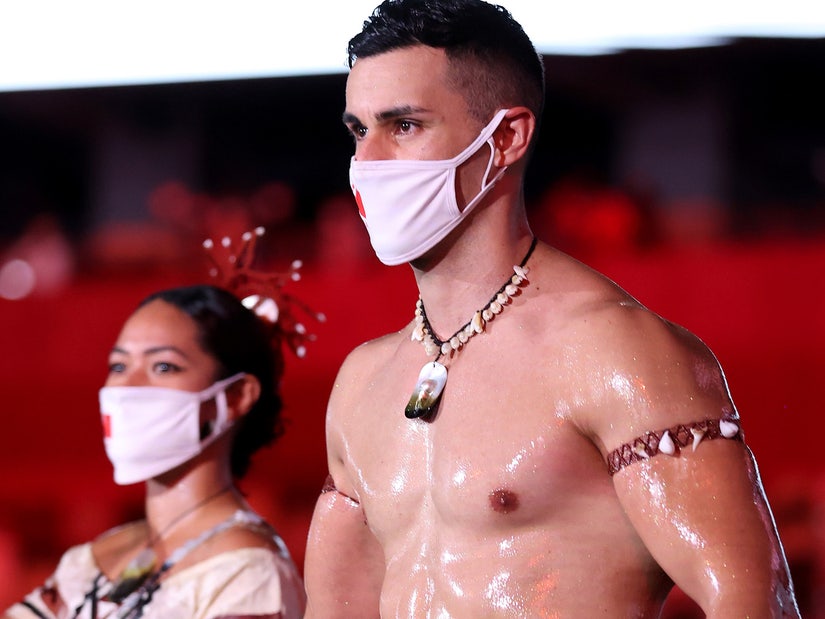“It’s a very exciting opportunity. It’s been a long time coming!”
This year’s Olympics have looked a lot different than usual — and not just because of the pandemic. The Tokyo games feature four entirely new sports that have never been showcased at an Olympic level of competition. While some of the sporting associations behind these new additions have campaigned to be a part of the games for many years, others were added due to the sport’s popularity in Japan.
The change comes thanks to a program called “Agenda 2020” which was adopted by the International Olympic Committee back in 2014. The aim of the program is to give host cities more control over which events are medal sports and create less of an economic boondoggle for the host. Although the sports included through this program aren’t guaranteed a permanent spot within the core 25 sports at the Olympics, it does pave the way for their inclusion in the future.
Here are the new sports you can expect to see on your TV…
Top 10 Most Decorated Team USA Olympians Of All Time
1. Skateboarding
Skateboarding was added to this year’s Olympic lineup, in a move that will definitely be a draw to younger viewers. Over the course of the competition, skaters, who range in age from 12 to 47, will compete in either one of the two disciplines — street or park.
While street skaters show off their skills in a street-like course that includes handrails, curbs, and slopes, park skaters will compete in a course that resembles a fishbowl. Athletes get the chance to impress judges with their tricks during 45-second runs, although things are scored differently in each discipline.
“It’s a very exciting opportunity. It’s been a long time coming. I think there was interest in skateboarding in the Olympics early on and the skating industry didn’t meet all the criteria to actually qualify and now here we are. It’s great, especially with surfing and sport climbing, there’s big youthful energy here,” skateboarding legend Tony Hawk told “Today.”
German Olympian Jokes Judo Coach Should Have Slapped Her Harder After Vid Shocks Viewers
2. Surfing
The International Surfing Association has been campaigning to make the sport a part of the Olympics since 1995 and it’s now finally getting its chance to shine. During the competition, 40 surfers will take part in various heats where they attempt to catch as many waves as they can during their allotted time. Each wave will be judged on degree of difficulty, execution of moves by the surfer, speed, variety and more.
“The Olympics are the highest, largest, most visible stage for any sport. Surfing being in the Olympic Games will be great for surfing. We’ll be allowed to communicate our message and our lifestyle to billions of people. It’s developing surfing, taking it to Africa, to Asia, to Latin America — to areas where there are incredible waves,” Fernando Aguerre, president of the International Surfing Association, told Vox.
All the Viral Moments, Memes from Tokyo Olympics Opening Ceremony
3. Karate
Thanks to karate’s popularity in Japan, it was added to this year’s lineup of Olympic events. The martial art has been a candidate for Olympic inclusion since the 1970s but will now get the chance to make its debut in its home country.
Forty athletes from around the world, limited to one representative per country, will compete in eight medal events. This includes kumite, or head-to-head sparring, and kuma, meaning solo demonstration. While karate normally features five weight classes, it will be condensed to three classes at the Olympics.
Aly Raisman Reacts to Simone Biles Withdrawing From Olympic Gymnastics Team Finals
4. Sport Climbing
This year sport climbing joins the Olympic lineup for the first time in history but things will work a little differently than normal competition. During the Olympics, 20 men and 20 women will take part in the three disciplines of sport climbing — speed climbing, lead climbing, and bouldering. While these disciplines are usually contested separately, they will be combined into one during the Olympics.
In speed climbing, climbers will go head-to-head while they scale a 49-foot wall. They will then move on to lead climbing, where harnessed climbers navigate a wall with a more difficult placement of holds and have six minutes to progress as far as possible. Finally, climbers without safety ropes compete in bouldering on a shorter wall where they are judged based on the difficulty of the route they choose to make their way to the top.
Source: Read Full Article










